Electricity has long been unique among commodities—it had to be consumed almost instantaneously upon generation, creating a system where supply and demand had to match in real time. This, combined with the higher energy efficiency and lower unit costs achievable in large thermal power stations, led to the development of centralized generation hubs transmitting electricity through one-way networks to consumers. The grid, in essence, was built around the principle of flexible generation ramping up or down to meet inflexible demand.
The rise of renewable energy (RE) has upended this paradigm. Solar and wind generation, while clean, are inherently variable, producing power when natural resources are available rather than when electricity is needed. This transformation necessitates adding flexibility elsewhere in the system, and Battery Energy Storage Systems (BESS) provides exactly that capability.
BESS decouples electricity generation from consumption across both time and geography. By storing surplus renewable energy during periods of high generation and dispatching it intelligently during peak demand or low renewable output, BESS enables greater renewable integration and reduces reliance on fossil-based peaking power. At the same time, by supplying power locally during high-demand periods, BESS relieves pressure on transmission and distribution networks and defers costly grid upgrades. With its near-instant response time, BESS also provides critical grid stabilization by maintaining frequency and voltage, enhancing reliability, and delivering backup power to essential infrastructure during outages—strengthening overall grid resilience.
Modern grid architecture is also evolving toward a modular, resilient network characterized by bidirectional energy flows. Distributed energy resources (DERs), including rooftop solar and BESS, are decentralizing power generation and enabling consumers to become prosumers, actively contributing to grid balancing and stability.
BESS – a Technology Coming of Age
BESS has rapidly transitioned from niche pilots to mainstream infrastructure. Cumulative worldwide deployments surpassed 160 GW / 363 GWh in 2024, driven largely by cost reductions, improved energy density, and greater manufacturing efficiency, especially in Lithium Iron Phosphate (LFP) systems that now dominate the market. India has mirrored this global trajectory, moving from unviable tender outcomes in 2022 to commercially feasible projects within just three years. The 20 MW / 40 MWh Kilokari project in New Delhi, successfully tendered in October 2023, became the first regulatory-approved standalone utility-scale BESS in the country. Since then, competitive bidding and government-backed viability gap funding have unlocked record-low tariffs in standalone tenders, while hybrid models like solar plus storage and Firm and Dispatchable Renewable Energy (FDRE) projects are pushing costs even lower.
Democratizing Energy from the Grid’s Edge
Even as India scales large, transmission-connected and RE co-located BESS projects, the true democratizing potential of storage lies in deploying it closer to where electricity is actually consumed. When sited near load centers, BESS not only provides energy arbitrage and frequency regulation but also relieves network congestion, reduces transformer loading, and defers costly infrastructure upgrades. This is particularly valuable in dense metro areas, where land is scarce and grid reinforcement is both complex and expensive. Distributed BESS enhances power quality, strengthens resilience during extreme weather events, and when located near critical infrastructure such as hospitals or emergency services, can ensure uninterrupted power during outages, displacing diesel backup systems and reducing local air pollution.
India’s ambitious distributed renewable energy (DRE) programs are amplifying the need for such decentralized storage. The PM-KUSUM scheme aims to install 34,800 MW of decentralized solar, while PM Surya Ghar aims to install rooftop solar on 1 crore households, transforming them into active prosumers. Yet these programs also introduce new challenges: solar output peaks during the day, when power supply is most abundant and price of power is the cheapest, creating surpluses that stress discom finances, destabilize grid frequency, and introduce bidirectional flows that legacy grids were never designed to handle. Decentralized BESS can absorb this surplus power and discharge it at night, minimizing transmission losses and maintaining grid stability.
In rural areas, particularly under PM KUSUM, the stakes are even higher. Many feeder networks operate with weak voltage profiles, limited redundancy, and aging infrastructure. Frequent voltage swings can damage both consumer appliances and utility assets. By acting as localized buffers, BESS can regulate voltage, manage intermittency from solar feeders, and sustain supply during outages. This makes them critical to ensuring that the benefits of India’s renewable transition reach its most underserved communities and not just its urban centers.
The Digital Backbone of a Distributed Future
To address these challenges, the Global Energy Alliance is pioneering the DUET program (Digital Utilities for Energy Transition)—a foundational step toward a digital energy infrastructure. DUET digitizes, geotags, and indexes every distribution grid asset, creating a digital twin of the grid with real-time analytics of power flows. Using the digital twin, planners can identify optimal locations for DRE and BESS deployment, model grid behaviour under different demand and generation scenarios, and optimize asset utilization.
This digital twin can serve as the operational backbone for the India Energy Stack (IES) and the Unified Energy Interface (UEI)—initiatives aimed at building a standardized, secure, and interoperable digital framework for energy management. The IES architecture envisions unique digital identities for energy assets, consent-based data-sharing mechanisms, and settlement layers that enable prosumers to transact energy seamlessly. When BESS integrates into such a system, it will unlock peer-to-peer trading, automated grid balancing, and AI-enabled demand-side management, turning millions of distributed assets into active participants in India’s energy markets.
Toward a Flexible and Democratic Power System
As India accelerates toward its renewable energy ambitions, the future lies in a layered ecosystem of storage. BESS embedded in the distribution grid – utility-scale projects connected at the distribution sub-stations, smaller systems at distribution transformer level and behind-the-meter home batteries working in tandem with grid-scale batteries at transmission nodes. Operating together, they will form the beating pulse of a flexible, decentralized, and democratic power system that empowers consumers, strengthens utilities, and advances India’s clean energy transition.
Nirmal Shaju supports the Alliance’s priority regions in accelerating the energy transition, with a focus on deploying the first-wave BESS projects in emerging economies. He has seven years of experience in the energy sector, specializing in developing forecasting and optimization models for least-cost capacity expansion, energy storage feasibility studies, power market price projections, and Net Zero scenario modeling. Passionate about driving innovative and sustainable energy solutions, he works at the intersection of technical analysis, policy, and market development.
The views and opinions expressed in this article are the author’s own, and do not necessarily reflect those held by pv magazine.
This content is protected by copyright and may not be reused. If you want to cooperate with us and would like to reuse some of our content, please contact: editors@pv-magazine.com.

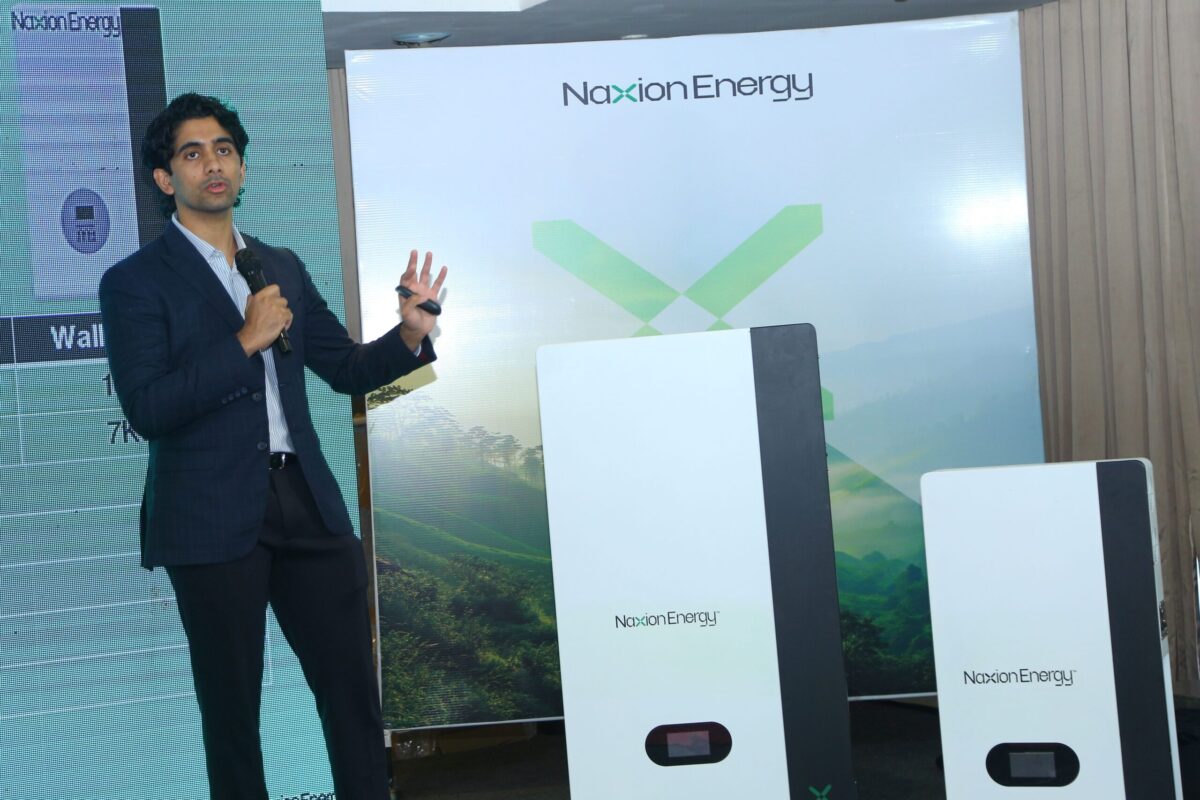

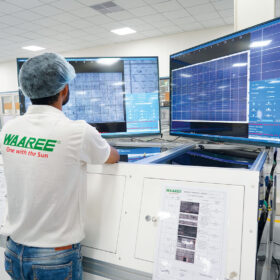
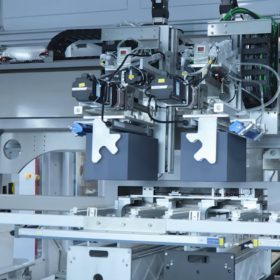
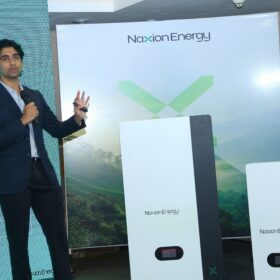
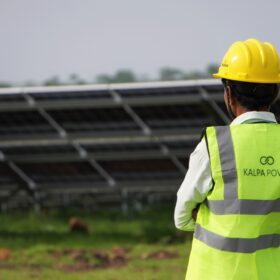
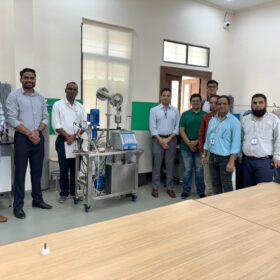
By submitting this form you agree to pv magazine using your data for the purposes of publishing your comment.
Your personal data will only be disclosed or otherwise transmitted to third parties for the purposes of spam filtering or if this is necessary for technical maintenance of the website. Any other transfer to third parties will not take place unless this is justified on the basis of applicable data protection regulations or if pv magazine is legally obliged to do so.
You may revoke this consent at any time with effect for the future, in which case your personal data will be deleted immediately. Otherwise, your data will be deleted if pv magazine has processed your request or the purpose of data storage is fulfilled.
Further information on data privacy can be found in our Data Protection Policy.